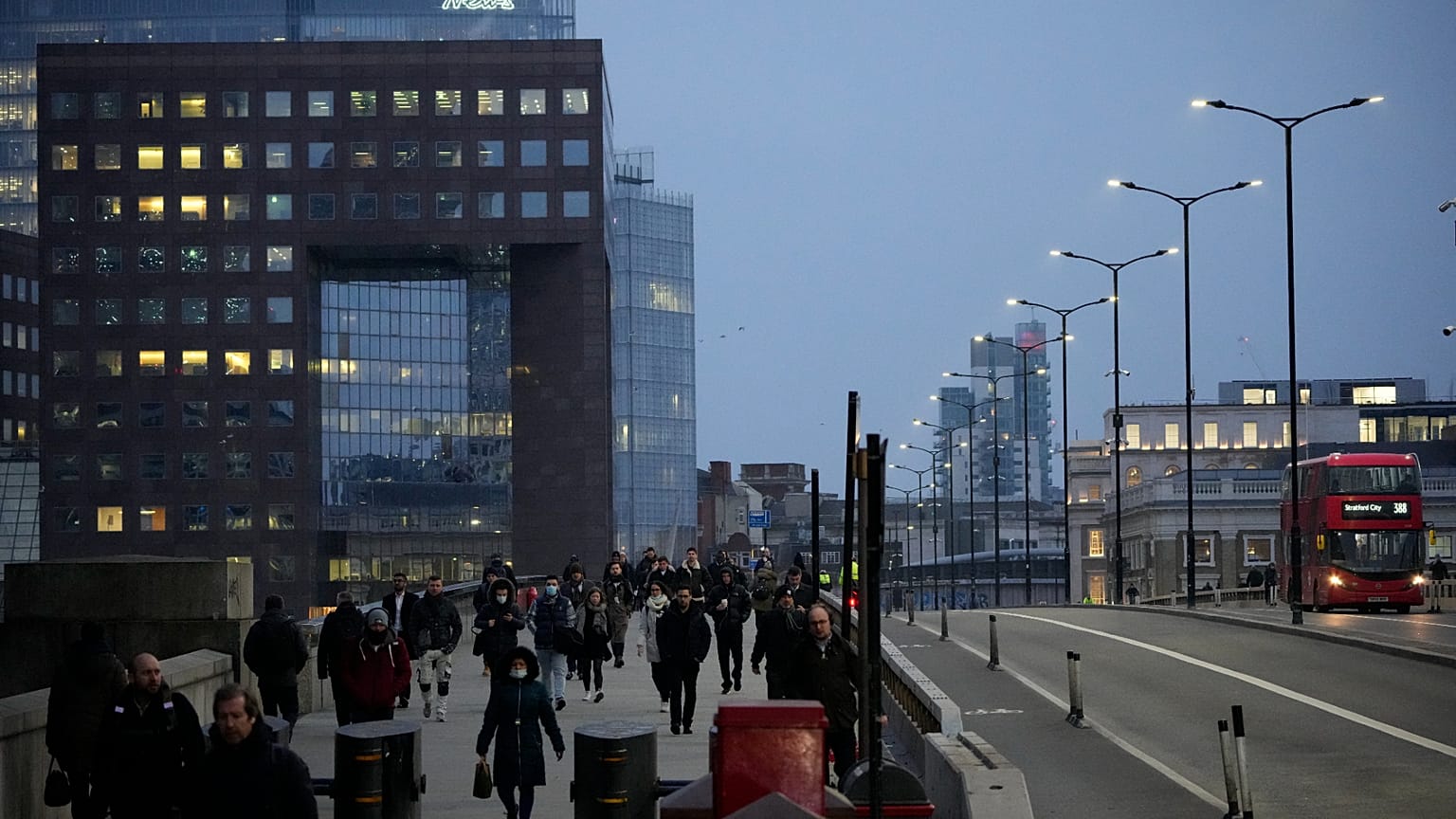While hybrid work is on the rise, UK employers are requiring more in-office days. Two- and three-day schedules now account for 81% of hybrid roles.
Remote working, or working from home, rose sharply during the COVID-19 pandemic in many parts of the world, especially in Europe. As restrictions eased, office returns began, and the number of people working from home gradually declined.
Hybrid working is now more common. In the United Kingdom, 28% of staff worked in this setup in the first quarter of 2025, according to ONS. This is compared to around 10% during the same period in 2021. Hybrid work was also more common among full-time workers, reaching 34% in early 2025.
While hybrid work is on the rise, the number of days employers require staff to be in the office is increasing in the UK, based on job posting data from the global hiring platform Indeed.
“2 to 3 days a week in the office has become the norm in the UK,” Indeed finds.
In 2025 through August, 85% of UK job postings mentioned a hybrid schedule requiring at least two days a week in the office, compared with 65% in 2022, according to Indeed.
The number of in-office days in hybrid roles shifted significantly between 2022 and 2025. One-day requirements fell from 35% in 2022, to 15% in 2025. Two days rose from 48% in 2022, to 56% in 2025. Three days increased from 16% in 2022, to 25% in 2025.
Four days reached 4% in 2025, up from 1% in 2022.
“Employers are tightening these hybrid arrangements, requiring more frequent office attendance than before,” said Jack Kennedy, Indeed's senior economist.
The figures show that two days in the office is the most common hybrid pattern, accounting for 56% in 2025. Together, two and three days make up 81% of hybrid roles.
Occupation matters in hybrid work
The type of job a worker has plays a key role in the number of in-office days for hybrid positions in the UK. Accounting, human resources, and software development have the highest average minimum in-office requirements, while social sciences and architecture jobs require relatively few, according to Indeed.
On average in 2025, the occupation with the highest number of required office days is accounting (2.4 days), followed by human resources (2.3 days) and IT infrastructure, operations & support (2.3 days).
Software development roles
Almost half (48%) of UK software development jobs mention remote or hybrid work, the highest share among all occupations tracked by Indeed. However, these jobs now require an average of 2.3 days in the office, up 0.6 days over the past two years. Indeed notes this as surprising for an industry long seen as relatively remote-friendly.
“The increase in required office days could reflect employers wielding more leverage in a subdued market for tech talent, and/or wanting to promote greater in-person collaboration,” Kennedy explained in an Indeed blog post.
Occupations with fewer in-office days on average include social science and architecture, both at 1.6 days.
UK postings mentioning remote and hybrid work
The share of UK postings mentioning ‘remote and/or hybrid work’ has remained fairly stable at around 15% for several months, close to all-time highs. This is significantly lower than the ONS figures because they measure different indicators. Indeed’s data is based on job postings from its platform, while ONS reflects the actual workforce in the country.
“Several years after the pandemic-driven shift to remote work, hybrid arrangements remain in flux, and there remains substantial variation in employer policies,” Jack Kennedy noted.
He also pointed out that market conditions continue to play a role. With the current softness in the labour market, employers may feel they have the upper hand, leading some to push for greater on-site attendance.
According to the Global Survey of Working Arrangements (G-SWA), the UK has the highest rate of remote working among 18 European countries, with employees averaging 1.8 days a week at home. More broadly, this places the UK second out of 40 nations.


















